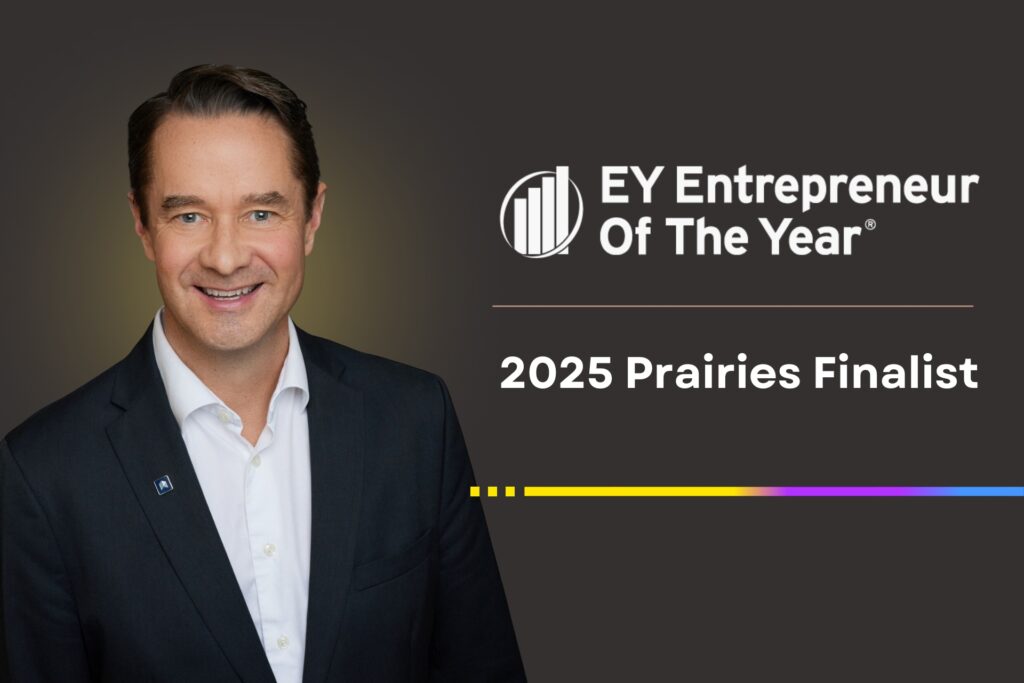Hiring for the Win!
Share This Article
Wanting to grow your business is natural, in fact it’s expected and it’s rewarded. The challenge most entrepreneurs face is business growth takes planning, cash, expertise, and people!
Let’s chat about the people.
Growth means not only will you need to hire, but you’ll likely need to provide promotional opportunities to reward tenured employees. If your company does not grow, there won’t be room for employee advancement. Remember, today’s workforce defines success differently; individuals may be motivated by the ability to redesign their own jobs and influence the direction of the company rather than by traditional systems of compensation or promotion. For any entrepreneur, managing the people component of their business can be overwhelming. Couple this stress with the challenges the Canadian economy has thrown our way in the past decade and it’s no wonder it leaves entrepreneurs scratching their heads!
Having been in this industry since 2005, I have had the fortune / misfortune of experiencing both a boom and a bust. Our economy has provided us with extremes when it comes to hiring and retaining talent, however; there are a few best practices to keep in mind despite our forever changing economic outlook.
I’ll use some sports analogies, for no other reason than I am Canadian and sports usually resonate with fellow Canadians.

Hiring Requires a Serious Game Plan
As an entrepreneur, you need to be constantly tweaking your hiring plan. You need to develop the right process, one that is unique to your organization. For example, ask yourself, does your company currently conduct properly structured interviews, reference checks and onboarding plans that will help you achieve reliable and consistent hiring results? Are you steadily deploying these methods? If the answer is no, time to get started. Alternatively, if the answer is yes, when did you last re-visit these and are they still relevant in todays’ economy? Be sure to develop this plan prior to the start of a new season, not a month before the playoffs.

The ‘Trade Deadline’ is Always Looming
A strategic and forward-looking organization will use a recession as an opportunity to restructure their workforce and “top-grade” their employee base. This can be done through a combination of layoffs, hiring, training, and coaching. However; you do not need a recession to act on this – you can top-grade at any time. A downturn is the perfect time to on-board and coach new employees, similarly, a boom is an exciting time for new prospects to join. Smart entrepreneurs know recessions end and booms loom. Regardless, your team needs to be prepared for change.
Read the Play
As entrepreneurs, you need to anticipate your needs, plan your growth and retraction and be proactive when it comes to your people. Most entrepreneurs know their revenue projections down to the dollar, however; are guilty of not knowing how their team compliment will look through growth. For example, the ability of entrepreneurs to make predictions on the size and composition of their top groups in order to proactively craft a concrete hiring plan is essential.
Develop Your Bench Strength
The ability to develop your in-house talent pool is vital. Similarly, you need to identify if there are gaps in this talent pool and constantly be looking outwards for potential new teammates. If someone gets injured, you need to be able to make a change on the fly.

Review the Video Replay
Remember, the recruitment process doesn’t end after the deal has been closed (although most companies think it does). Companies do not often take appropriate action to ensure new employees are integrated into the company’s culture. Take a step back when preparing to hire and ensure you have been successful in preparing and onboarding your talent – the goal is to make improvements and set your team up for success moving forward. Too many times, entrepreneurs assume because a candidate had the same role on a different team, they will perform just fine once hired.
Simply signing the candidate, making promises and necessary introductions is not enough. Constantly reviewing and monitoring progress is necessary.




